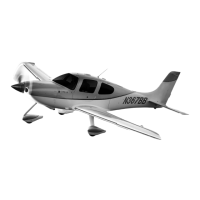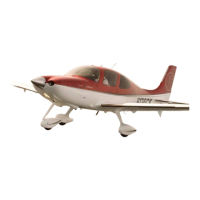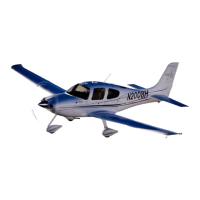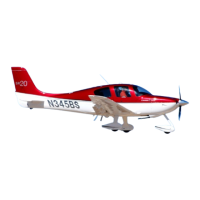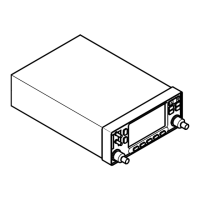!"#$%&''()**+ CoverPage-i
!,-./01$.!234/,#5$64#78..9
4#7$:44$4!!3.;27
4,3!-4#2$:-,56/$<4#=4-
>?@$ABC
CIRRUS SR22T
4D@E@F>A$1C@DFGH$13((/)*II($J$1KLHCMKCNA$ODAB
/CGCPQNC$R?NADNCNAFG$<?A?@H$/K@L?EBF@SCP$2NSDNC
&T**$!?KNP$/FUC?>>$VCDSBA
!""#"$$%&'()#*+#,&%-./#0.1(2&%3#4.5()#&+#!"6#789#:;*5#)&<=-(+1#-=51#4(#<.%%*()#*+
1;(# .*%$/.+(# .1# .//# 1*-(5# .+)# 4(# >($1# ?*1;*+#1;(#%(.<;#&@#1;(#$*/&1#)=%*+2#.//#@/*2;1
&$(%.1*&+59
:ABC# A",DEFFG# B,0HIDJC# :AJ# K":J6B"H# 6JLIB6JD# :F#EJ# !I6,BCAJD# :F
:AJ# MBHF:# EN# !"6# M"6:# 78# ",D# "DDB:BF,"H# B,!F6K":BF,# M6FOBDJD# EN
0B66IC# DJCBP,# ",D# 0F,C:B:I:JC# :AJ# !""# "MM6FOJD# "B6MH",J# !HBPA:
K",I"H9
K&)(/#Q#C(%*./#,=-9R 6(2*51%.1*&+#,=-9R
Original Issue: February 01, 2013







